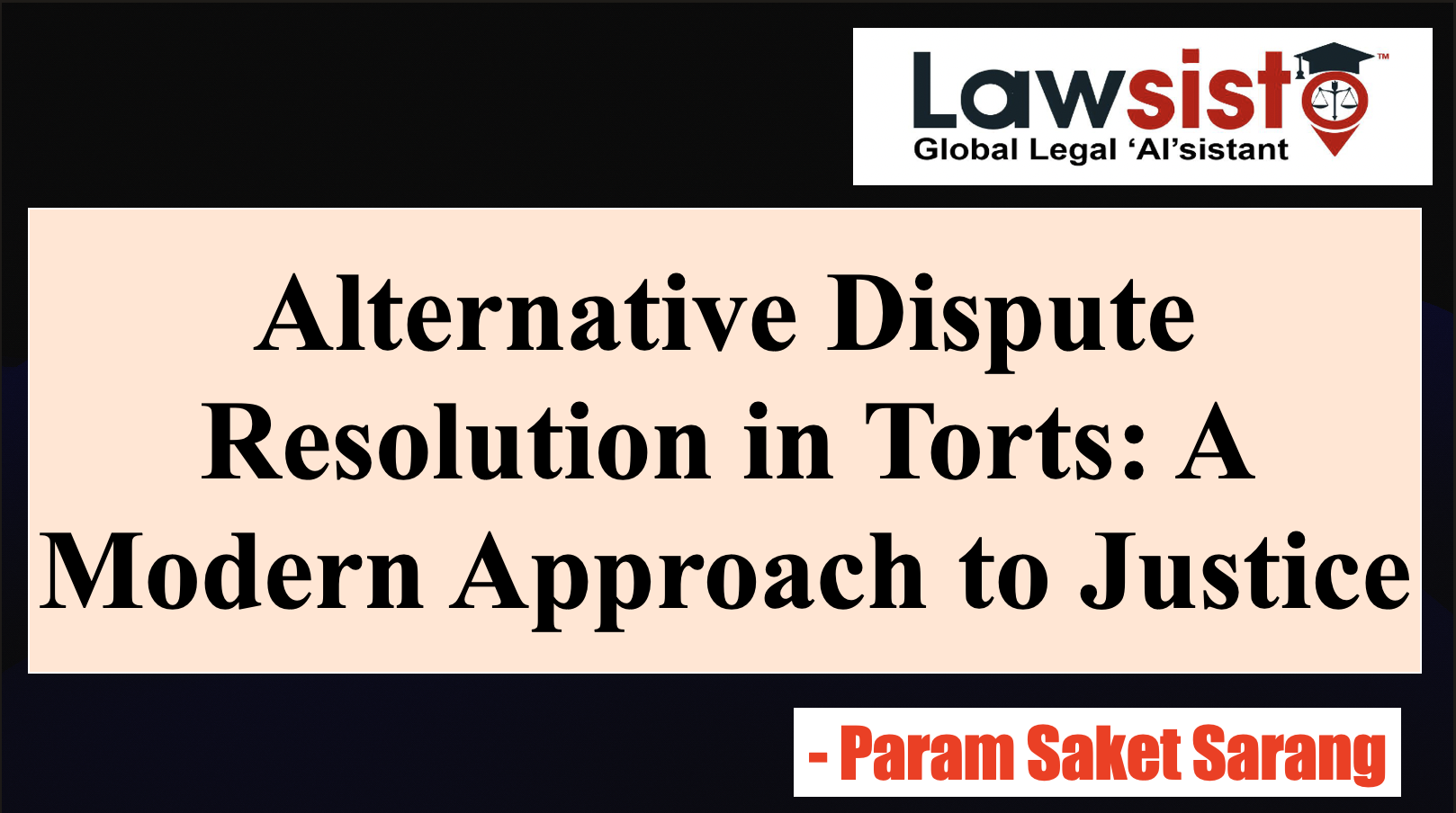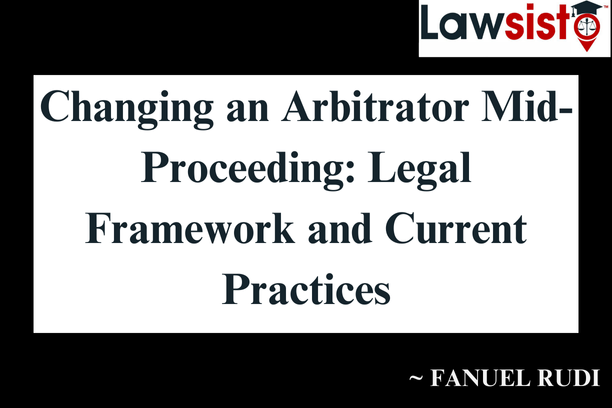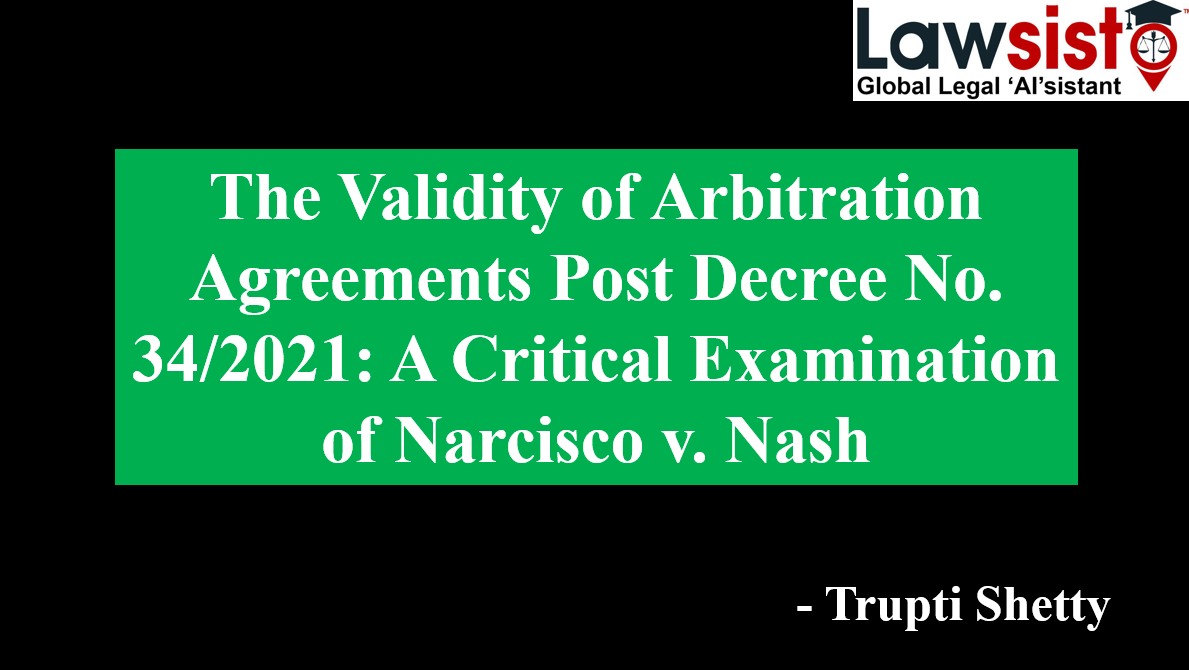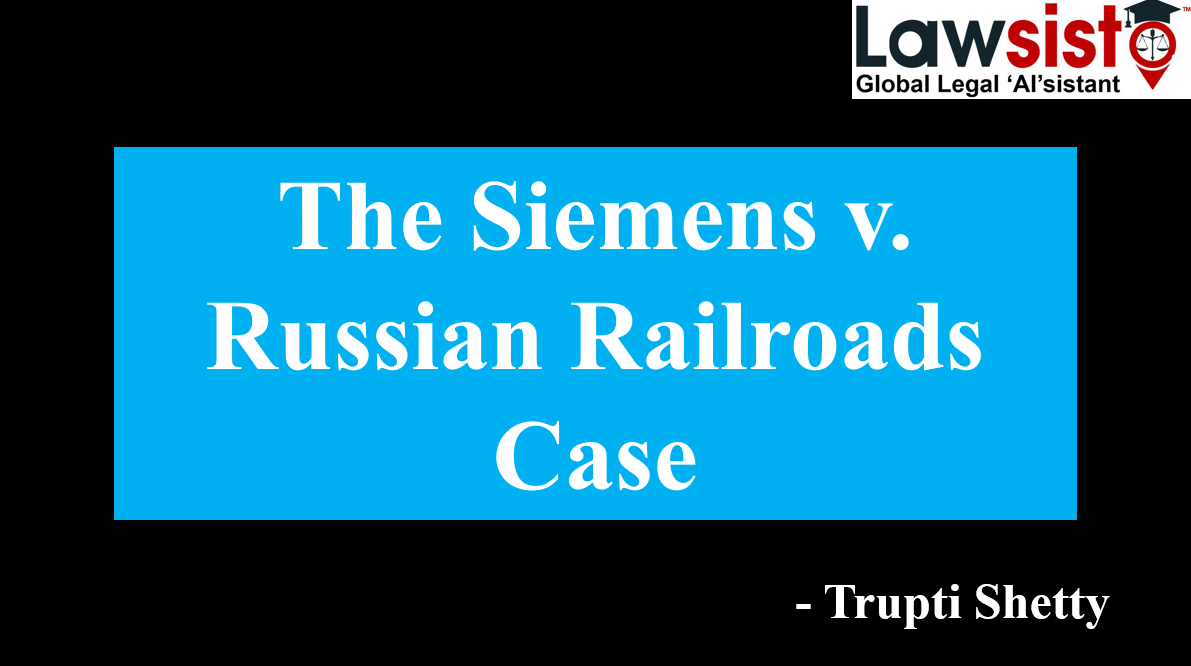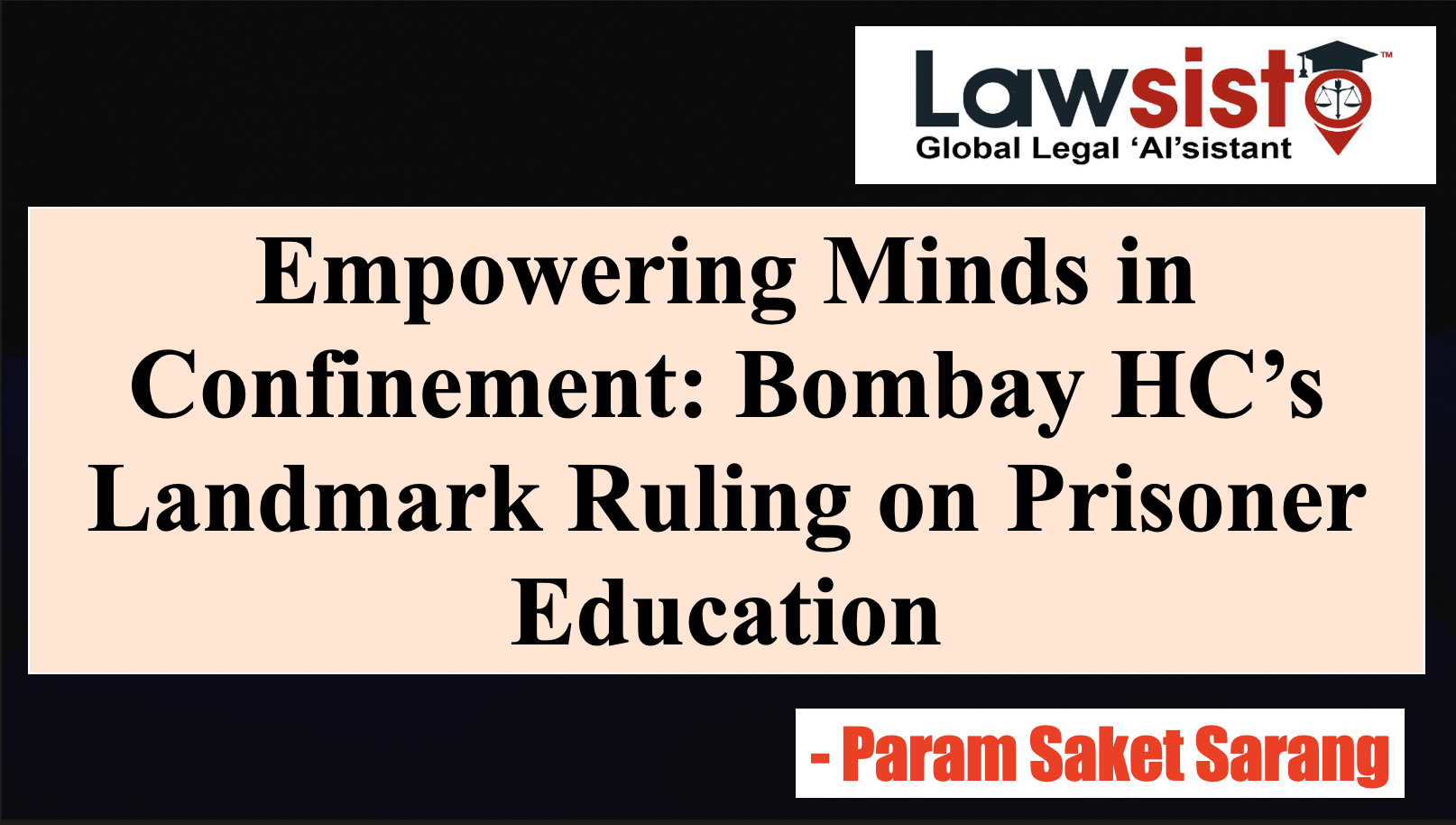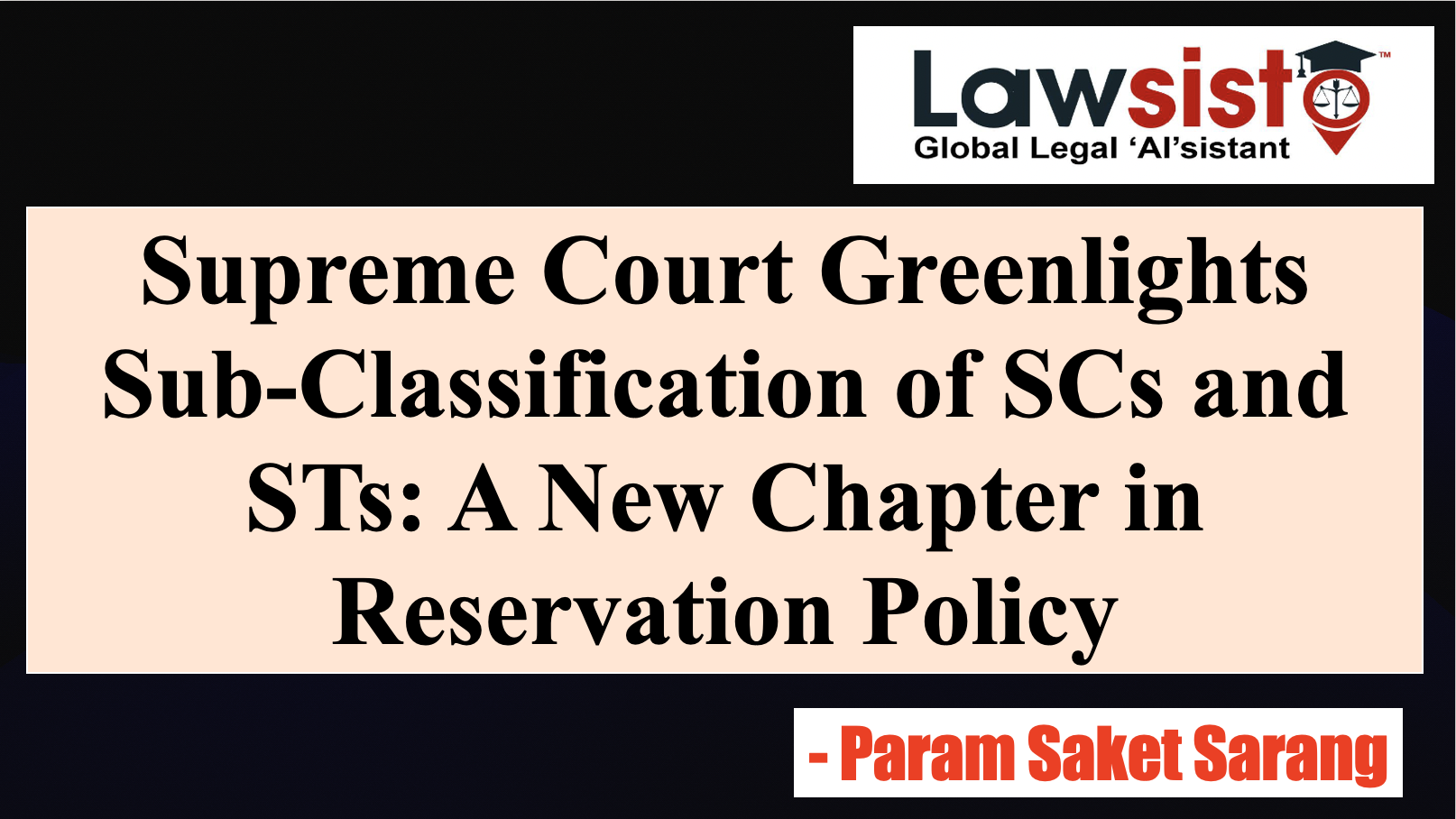Latest News
Judging the Judges: India's Three-Year Practice Rule and the Search for Judicial Excellence
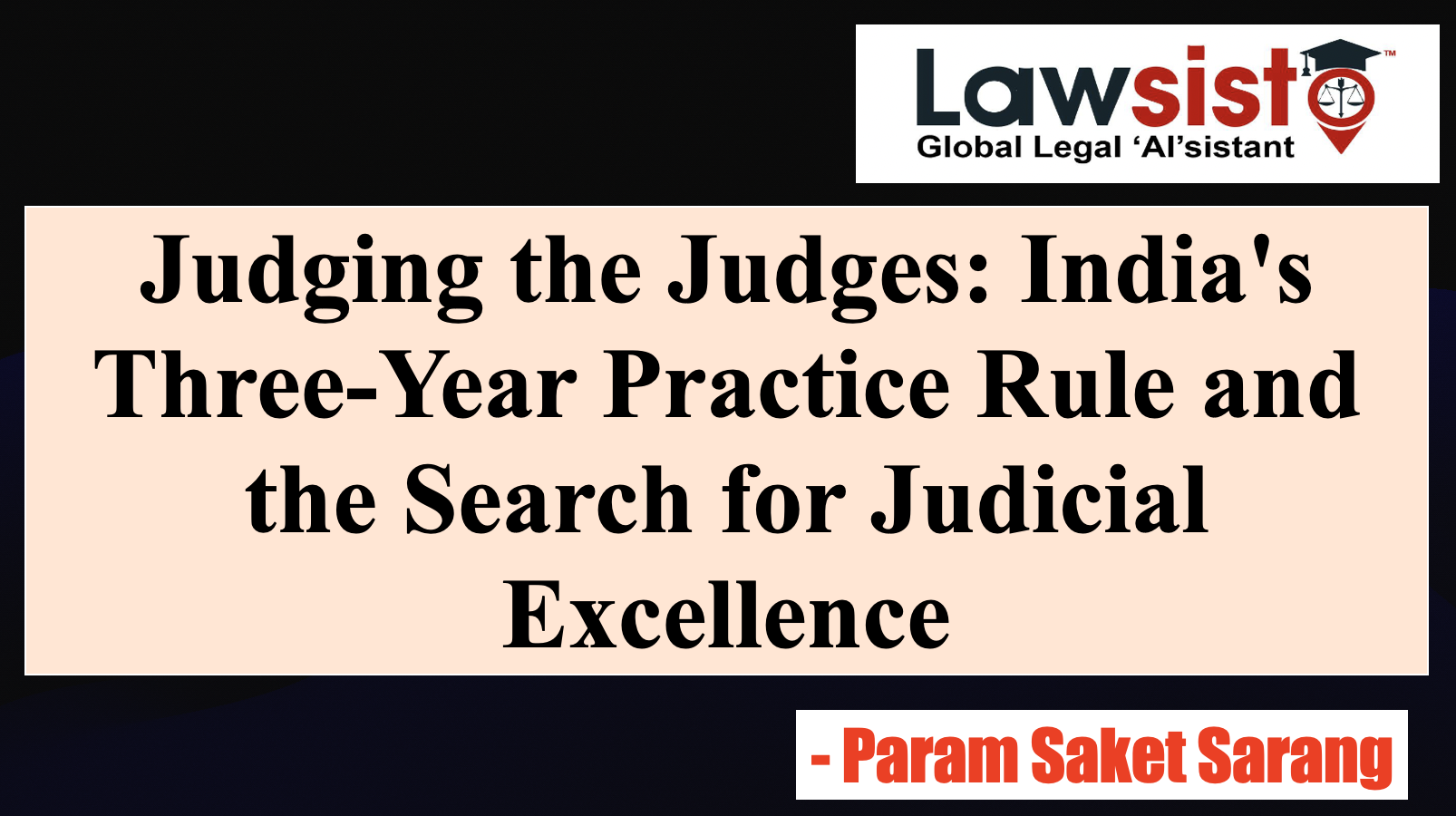
Judging the Judges: India's Three-Year Practice Rule and the Search for Judicial Excellence
The recent Supreme Court decision reinstating a three-year practice requirement for judicial service aspirants has stirred the legal community like few other debates. At first glance, it is a simple eligibility tweak. But peel back the layers, and you'll find this ruling touches upon fundamental questions about justice delivery in India; What makes a good judge? Is legal brilliance enough, or does justice demand lived experience? And crucially, how do we ensure our courts get both competence and fresh perspectives?
The Heart of the Matter: Why Experience Counts
Imagine walking into a courtroom for the first time-not as a lawyer, but as the judge. The weight of expectation is immense. You're not just interpreting statutes; you're deciding fates. A bail application isn't just about Section 483 of BNSS (Section 439 of CrPC); it's about whether an undertrial spends months in jail or returns to his family. A property dispute isn't just about title deeds; it's about generations of inheritance and livelihoods.
This is why most High Courts pushed for restoring the practice requirement. Their concerns were practical:-
- The Reality Gap – Law schools teach black-letter law, but courts operate in shades of grey. How does a fresh graduate handle an aggressive prosecutor, a weeping witness, or a crafty defence attorney?
- Institutional Memory – Courtroom veterans understand unspoken dynamics—why certain cases get adjourned repeatedly, how to spot false affidavits, when to press for settlements.
- Judicial Temperament – As Justice Chandrachud once observed, "Patience isn't taught in LL.B. classes." Experience tempers knee-jerk reactions.
The Other Side: When Rules Become Barriers
Yet, the policy isn't without critics. Legal academia is buzzing with concerns:-
- The Privilege Problem- Young lawyers from modest backgrounds often can't afford three years of low-paid litigation work. Many take corporate jobs just to pay off education loans. This rule favours those with family in the profession," argues a Delhi University law professor. It's easy to complete three years when your father's firm gives you case files to sign.
- The Brain Drain- India already faces a 20% vacancy in lower judiciary posts. Rigid rules might deter top graduates who'd rather join law firms or consultancies. We're telling our brightest minds: " Wait indefinitely in uncertainty, notes a recent NLU graduate now working at a multinational.
- The Formality Trap- As the Supreme Court itself acknowledged, some advocates "merely sign vakalatnamas" without real practice. Without robust verification, the three-year rule risks becoming a checkbox exercise.
Reimagining the Path: Possible Middle Grounds
Could India borrow ideas from other systems while keeping its unique needs in mind?
1. The "Earn While You Learn" Model
- Paid Judicial Fellowships: States could sponsor selected graduates to work under senior judges/lawyers, combining training with stipends.
- Court-Annexed Training: Like medical residencies, recruits could spend a year observing courtrooms before presiding.
2. Differential Entry Paths
- Direct Entry for Top Performers: Candidates with first-class LL.M. degrees or top ranks in the All India Bar Exam could get exemptions.
- Lateral Appointments: Experienced tribunal members or legal academics could fast-track into the judiciary.
3. Strengthening the Certification Process
Instead of just senior lawyer endorsements, candidates could submit:-
- A portfolio of cases argued
- Judicial officer evaluations from internships
- Written assessments on practical lawyering skills
The Global Perspective: What Other Democracies Do
- UK: Requires 5-7 years of practice but allows "legal executives" with specialised training to become judges.
- Germany: Mandates a two-year legal traineeship (Referendariat) with rotations in courts, firms, and government.
- Japan: After clearing the bar (extremely difficult), judges undergo a two-year apprenticeship before appointments.
India's challenge is unique; with over 5 million pending cases, we need judges who are both efficient and empathetic.
The Road Ahead: Balancing Ideals and Realities
The Supreme Court's intention is noble—judges should understand law as it's lived, not just as it's written. But as former CJI N.V. Ramana often emphasised, "Our judiciary must reflect India's diversity."
Perhaps the solution lies in:
- Flexibility: Allowing states to adapt rules based on local needs (e.g., rural vs. urban recruitment).
- Investment: Expanding judicial academies to provide hands-on training for fresh graduates.
- Transparency: Publishing data on whether experienced judges deliver better outcomes.
As the legal digest LiveLaw poignantly asked: “Will this ruling give us more Justices Chandrachud—or will it keep them from ever reaching the bench?" The answer depends on how we implement it.
For now, the message is clear: the courtroom demands not just legal knowledge, but real-world wisdom. And that, the Supreme Court believes, comes with time and practice.
Reference
- Supreme Court of India- https://www.sci.gov.in/
- Supreme Court Observer- https://www.scobserver.in/supreme-court-observer-law-reports-scolr/three-years-of-practice-must-for-civil-judge-junior-division-eligibility-all-india-judges-association-v-union-of-india-eligibility-judicial-officers/
- Bombay HC- https://bombayhighcourt.nic.in/latestupdate.php
- SCC Times- https://www.scconline.com/blog/post/2025/06/16/review-petition-filed-against-supreme-court-3-year-practice-for-judicial-services/
- Bar and Bench- https://www.barandbench.com/columns/supreme-court-reinstates-3-year-bar-experience-for-civil-judges-what-it-means-for-judiciary-aspirants
- Times of India- https://timesofindia.indiatimes.com/education/news/sc-bars-fresh-law-graduates-from-judicial-exams-mandates-3-years-legal-practice/articleshow/121286214.cms
- Economic Times- https://economictimes.indiatimes.com/opinion/et-commentary/supreme-court-brings-back-3-year-practice-rule-for-entry-level-judges-experts-raise-questions/articleshow/121345502.cms
